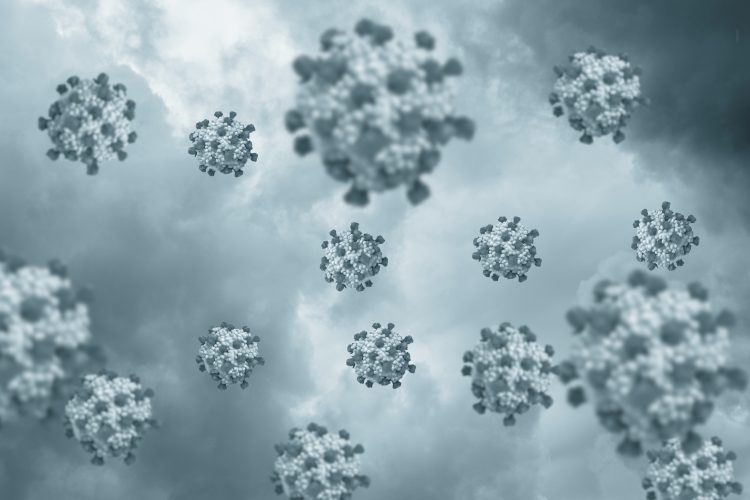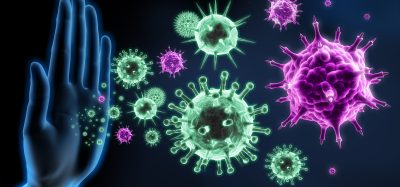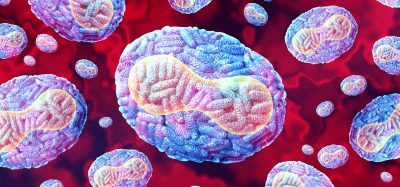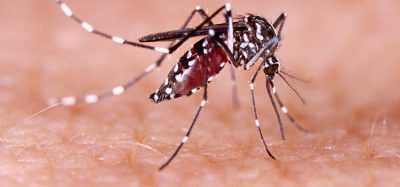The promise of nanobodies to neutralise the human norovirus
Posted: 3 January 2024 | Ellen Capon (Drug Target Review) | No comments yet
A new discovery about the dynamic structure of norovirus particles has implications for vaccine development.


Researchers from the Baylor College of Medicine have discovered that antibodies produced by llamas, called nanobodies, could be developed as a therapeutic agent to neutralise human norovirus.
Nanobodies are a novel and unique class of antigen-binding fragments, derived from naturally occurring heavy-chain-only antibodies present in the serum of camelids. Their superior properties such as small size, high stability, strong antigen-binding affinity, water solubility and natural origin make them suitable for development into next-generation biodrugs.1
Acute gastroenteritis, a global health problem for which there are no vaccines or antiviral drugs, is caused by human noroviruses. Most healthy people recover completely from the infection, but norovirus can be life-threatening in infants, the elderly and in those with underlying diseases.
Reduce preclinical failures with smarter off-target profiling
24 September 2025 | 15:00PM BST | FREE Webinar
Join this webinar to hear from Dr Emilie Desfosses as she shares insights into how in vitro and in silico methods can support more informed, human-relevant safety decisions -especially as ethical and regulatory changes continue to reshape preclinical research.
What you’ll learn:
- Approaches for prioritizing follow-up studies and refining risk mitigation strategies
- How to interpret hit profiles from binding and functional assays
- Strategies for identifying organ systems at risk based on target activity modulation
- How to use visualization tools to assess safety margins and compare compound profiles
Register Now – It’s Free!
Dr Wilhelm Salmen, first author and graduate student in Dr Venkataram Prasad’s lab at the time of the study, explained: “Noroviruses are categorised into10 groups, of which groups GI, GII, GIV, GVIII and GIX infect humans. Viruses in the GII.4 subgroup are the most predominant in human populations.” Dr Salmen is now a postdoctoral fellow at the University of Michigan.
Noroviruses are known for regularly giving rise to new variants, especially those of GII.4 norovirus. These variants evade the immune response that the body has developed previously, which makes finding effective preventative and therapeutic approaches to control this disease difficult.
Nanobodies
Llamas’ antibodies, called nanobodies, are a tenth of the size of human antibodies and have been developed against viruses such as those causing hepatitis B, influenza, and polio.
Dr Salmen said: “Our collaborators from Argentina, Dr Marina Bok and Dr Viviana Parreño at the Institute of Virology and Technology Innovation, had prepared nanobodies from llamas that were inoculated with human norovirus-like particles from different strains…We worked with one nanobody named M4, which bound to the predominant GII.4 strain, testing its ability to neutralise different norovirus strains, that is, to prevent them from infecting human cells.”
The ability of the nanobodies to stop live viruses infecting human intestinal organoids grown in the lab was tested by the team. Using crystallography and other techniques, the scientists examined the interactions between nanobodies and noroviruses to understand how the M4 nanobody recognises and neutralises a variety of noroviruses. It was expected that it would only recognise the GII.4 strain to generate M4.
Dr Salmen commented: “We discovered that this little nanobody can recognise a part of the norovirus that all the different noroviruses that we tested have in common.”
Dynamic particles
It was found that the M4 nanobody recognised a hidden pocket in the norovirus particles that only became exposed when the particles underwent a structural change. Dr Salmen explained: “The traditional thinking is that viral particles are in a very stable compact state, but in reality these particles ‘breathe’ considerably…Recent studies have shown that the structure of norovirus particles is dynamic, alternating between a resting or compact conformation and a raised conformation.”
“Recent studies have shown that the structure of norovirus particles is dynamic, alternating between a resting or compact conformation and a raised conformation.”
Dr Prasad added: “We think that the raised state is important for the virus to bind to cells and infect them…We also think that when the viral particles are in the raised state, the hidden pocket is exposed and available for the nanobody to bind to it and, acting like a wedge, to keep the particle in an elevated, potentially unstable state, preventing it from collapsing back down into the compact, more stable resting state.” He continued that their findings indicate that trapping virus particles in an elevated, unstable state disassembles the particles, which kills the virus and effectively stops infection. This is because this blocks the transmission chain, preventing the virus from spreading from cell to cell.
Dr Mary Estes said: “This study is also remarkable in confirming that the human norovirus must change its 3D confirmation, from compact to raised, to infect people…Also, this work reveals the importance of considering viral particle dynamics when designing vaccines.”
This study was published in Nature Communications.
Reference
1 Jovčevska I and Muyldermans S. The Therapeutic Potential of Nanobodies. BioDrugs. 2019 November 4 [2023 December 18]; 34:11-26. Available from: https://link.springer.com/article/10.1007/s40259-019-00392-z
Related topics
Antibodies, Vaccine development, Virology
Related conditions
Acute gastroenteritis
Related organisations
Baylor College of Medicine








